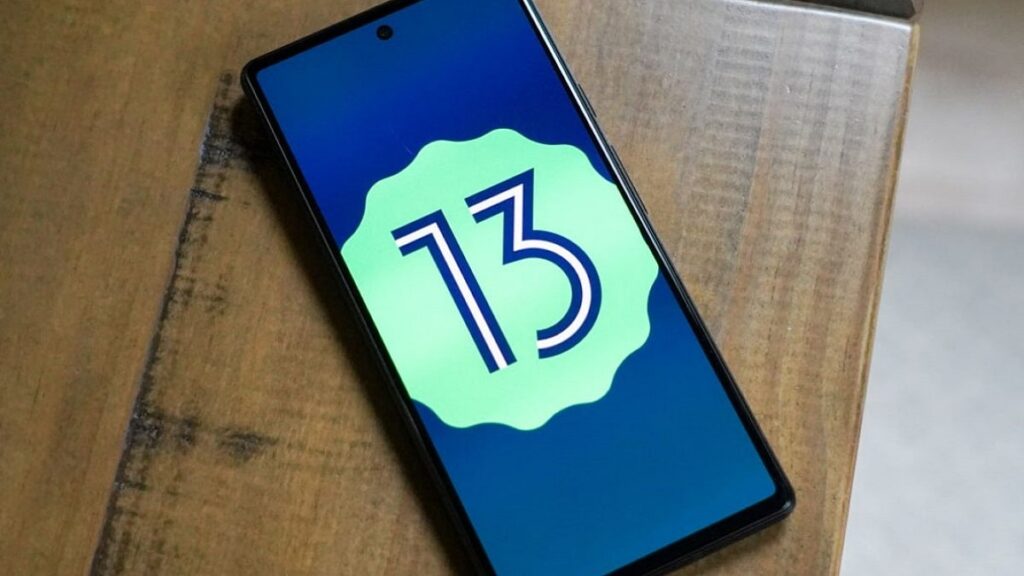One developer has ported Windows 11 to smartphonesleveraging the virtualization capabilities of Developer Preview from Android 13. In this way he was able to use the ARM version of Microsoft’s new operating system on a Pixel 6 inside a virtual machine (VM). It is often said that “smartphones are now like computers”. And this should be the definitive proof.
Windows 11 also arrives on smartphones thanks to the virtualization of Android 13
The new Android update is still far from global launch. But last week Google surprised mobile developers around the world by launching the first Developer Preview of Android 13. Computer engineers and developers from all over the world were therefore able to try out a bit of the future of Android in simulation on their computer or on the smartphones of the series. Google Pixel.
Danny Linan Android and web developer who uses the name on Twitter kdrag0n, then began to ‘play’ with the new operating system. And after testing some of the previously announced innovations such as improved security and app icons that change based on the theme and background color, she discovered a really cool feature.
By leveraging the virtualization capabilities of Android 13 and the powerful new Tensor chip built by Google for the Pixel 6, it made run Windows 11 in virtual machine on your smartphone. And then she posted the screenshots on Twitter.
A computer on the phone
The most interesting part of this experiment is that Windows 11 has minimum requirements that prevent several PCs that are currently still used by millions of users from installing the operating system. But kdran0n could load the operating systembrowse using Edge and show us the statistics on the use of resources in a relatively fluid way.
After loading the virtual machine, he was able to use ‘almost’ all the features of the Microsoft system. Indeed lacks GPU acceleration, for instance. But the system works well enough to even play some old PC games, like Doom. You can see it in the video below.
In addition to loading and using Windows 11 on smartphones and in simulation, the developer has also tried other operating systems. He has in fact tried several Linux distributions in VM directly from his Pixel 6.
Greater virtualization capabilities

The reason why it becomes possible to bring a PC to a smartphone lies in the new virtualization framework of Android 13, as he explains Mishaal Rahman on his blog. Rahman’s explanation goes into the technical and we advise all developers to read it to understand the process. But to simplify the explanation, Google is doing a lot of work on virtualization. This framework should allow you to make the most of VMs on all Android devices, including the most powerful tablets companies use to work. In this way, for example, they will be able to use the management software developed for Windows also on smartphones or tablets.
It is not even the first time that Windows arrives on Android smartphones. The Renegade Project community carried out the Windows 10 and 11 Arm porting on a processor-based device Qualcomm Snapdragon 845 and other developers around the world have tested this possibility.
But the possibility of using virtual machines on Android 13 with good results could also lead to the development of commercial products and apps take advantage of these features in the future, carrying more and more computers in users’ fingers and pockets. The line between smartphone and PC is getting thinner and thinner.















Leave a Reply
View Comments